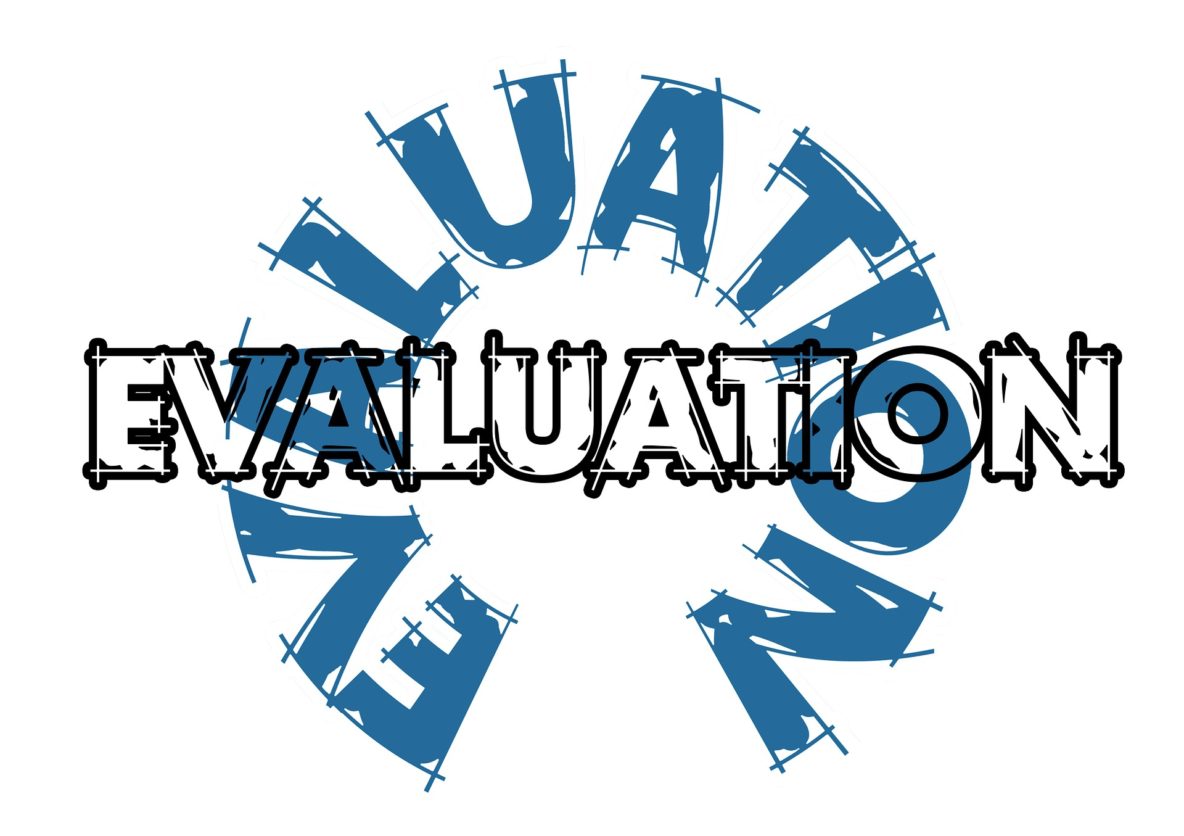The approach to the chief staff officer evaluation is both a driver and reflection of role and culture.
Different roles in the organization have different roles expectations which means their evaluations are different. Evaluations focused on progress toward the organization’s objectives is appropriate for a CEO whose role expectation is for a leadership partner. Evaluation focused on functions is appropriate for a General Manager. The role expectation is for an administrator of programs and operations.
Evaluation should happen throughout the year. A single summary evaluation at the end of a year is good for catching somebody doing something wrong and penalizing them. But, a process of formative evaluation with periodic checkpoints increase the probability of success. These periodic check ins should discuss:
- progress toward objectives
- fulfillment of position responsibilities, and
- demonstration of professional competencies
If board member opinions are collected, mean averages of board member ratings are opinion based and mathematically misleading. Frequency distributions that demonstrate patterns in board perceptions can provide useful insight; especially if used in combination with indicators of achievement of association objectives determined prior to appraisal.
If a standard instrument is used it’s important that the instrument not have unannounced bias about role expectations based on the nature of the organization. Professional, trade, charitable, and other types of for-profit and nonprofit organizations have different role and responsibility expectations related to board/executive relationships.
The classification of performance areas as strengths or weaknesses on the basis of statistical deviations based on a small number of responses is an indefensible poor practice.
A guided and informed conversation about findings is essential for the exercise to be worthwhile for either the exec or the board. Effective conversations account for the extent to which the board has fulfilled its own responsibility for effective governance – including its obligation to knowledgeably assess the achievement of desired outcomes as a primary responsibility of oversight.
Quick and easy may be great for oven cleaners, but it’s not so good for appraisal of professional performance in a complex organization. The big risk is that “simple” can cause more harm than good.


